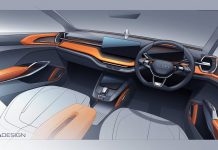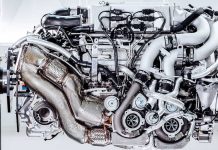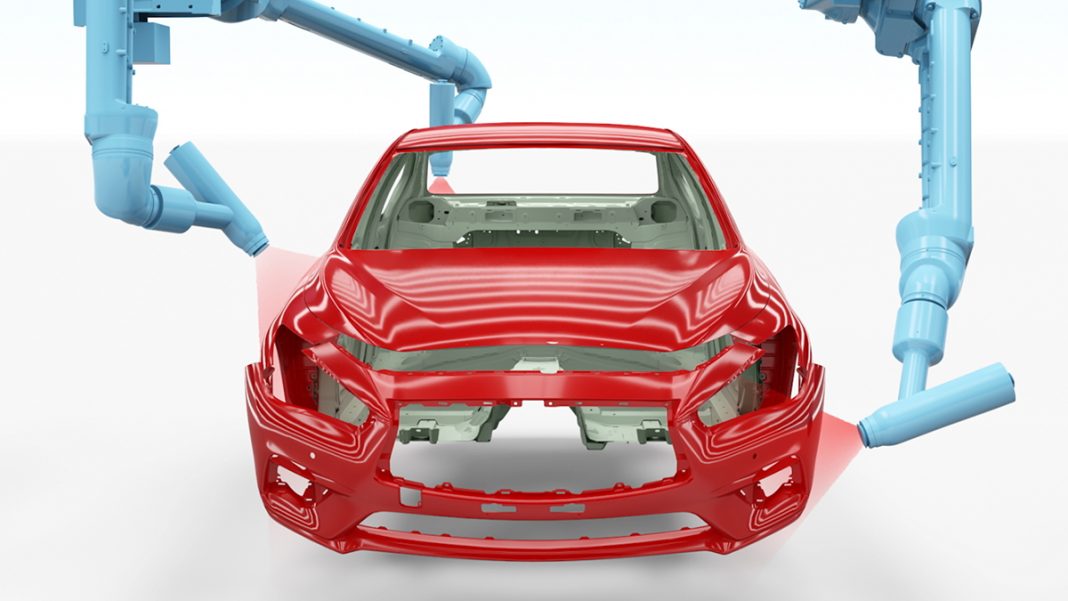Nissan today announced a substantial investment in advanced technologies and equipment for its factories around the world.
These innovations will help deliver a new generation of electrified and intelligent automobiles that embody the company’s Nissan Intelligent Mobility vision, while also making production operations more flexible, efficient and sustainable. Following an initial investment of about 33 billion yen at the company’s Tochigi Plant in Japan, with work to finish in 2020, the technologies will be rolled out across factories globally.
Since 1933, Nissan has honed its ability to mass-produce vehicles to the highest possible standards. Over the same period, the company’s takumi master technicians have perfected a range of complex or delicate processes requiring a high degree of craftsmanship.
This latest investment represents a necessary rethinking of conventional carmaking and tackles the structural and technical challenges of producing vehicles that will lead the industry in a new era of electrification and intelligence.
Nissan’s investments will address a number of key issues:
Building the future of mobility
Nissan’s next generation of cars will be electrified, intelligent and connected. This adds new complexity to design and construction, requiring major advancements in production engineering.
One such advancement is the “universal powertrain mounting system” developed by Nissan’s Production Engineering Research and Development Center.
Mounting powertrains in cars is a lengthy process and strenuous work for assembly line staff, who must install multiple components in sequence. Nissan’s new system uses an automated pallet to mount the entire powertrain at once. The system measures the car’s dimensions in real time during mounting, and the pallet makes micro-adjustments accordingly. This ensures that powertrains are installed to within a small fraction of a millimeter’s accuracy.
The new system is also highly adaptable. The same pallet can mount three types of powertrains (internal combustion engine, e-POWER and pure electric), and can assemble and mount 27 different powertrain module combinations.
Bringing craftsmanship to robots
Nissan has developed certain specialist skills and processes that, until now, could only be performed by trained craftspeople. Through an intensive collaborative process, Nissan’s craftspeople and engineers have digitized parts of these delicate processes and “trained” robots to perform them around the clock. This will allow the craftspeople to focus on new, unexplored areas of expertise.
One example of a task that can now be automated is sealing – applying a paste-like material to seams around the vehicle body to prevent water intrusion.
Sealing is generally done by experts, as the necessary dexterity and speed can be acquired through training but isn’t easy to replicate. In addition to automating the process of applying sealant, Nissan’s engineers analyzed the precise movements and gestures of trained workers when smoothing and finishing sealant, and calculated the pressure applied at each stage. Next, they converted this information to instructions for robots and made further refinements through extensive trial and error.
As a result, robots can now apply and finish sealant quickly and precisely along even the most complex of seams.
Making better workplaces with robots
Robots can now perform certain strenuous tasks efficiently, freeing workers to perform more valuable jobs elsewhere on the line. This also improves ergonomics, making factories easier places to work.
One example is the installation of a headliner, the overhead layer of material on the inside of a car’s roof.
Workers must enter each vehicle’s cabin to perform this physically demanding job. The task has become even harder as cars come with more connected features, adding to the number of devices in and around the headliners.
Nissan’s solution is to use robots to insert the headliner through the front of the vehicle and then fasten it. Sensors monitor changes in pressure and use a proprietary logic system to determine when the clips have snapped securely into place.






























